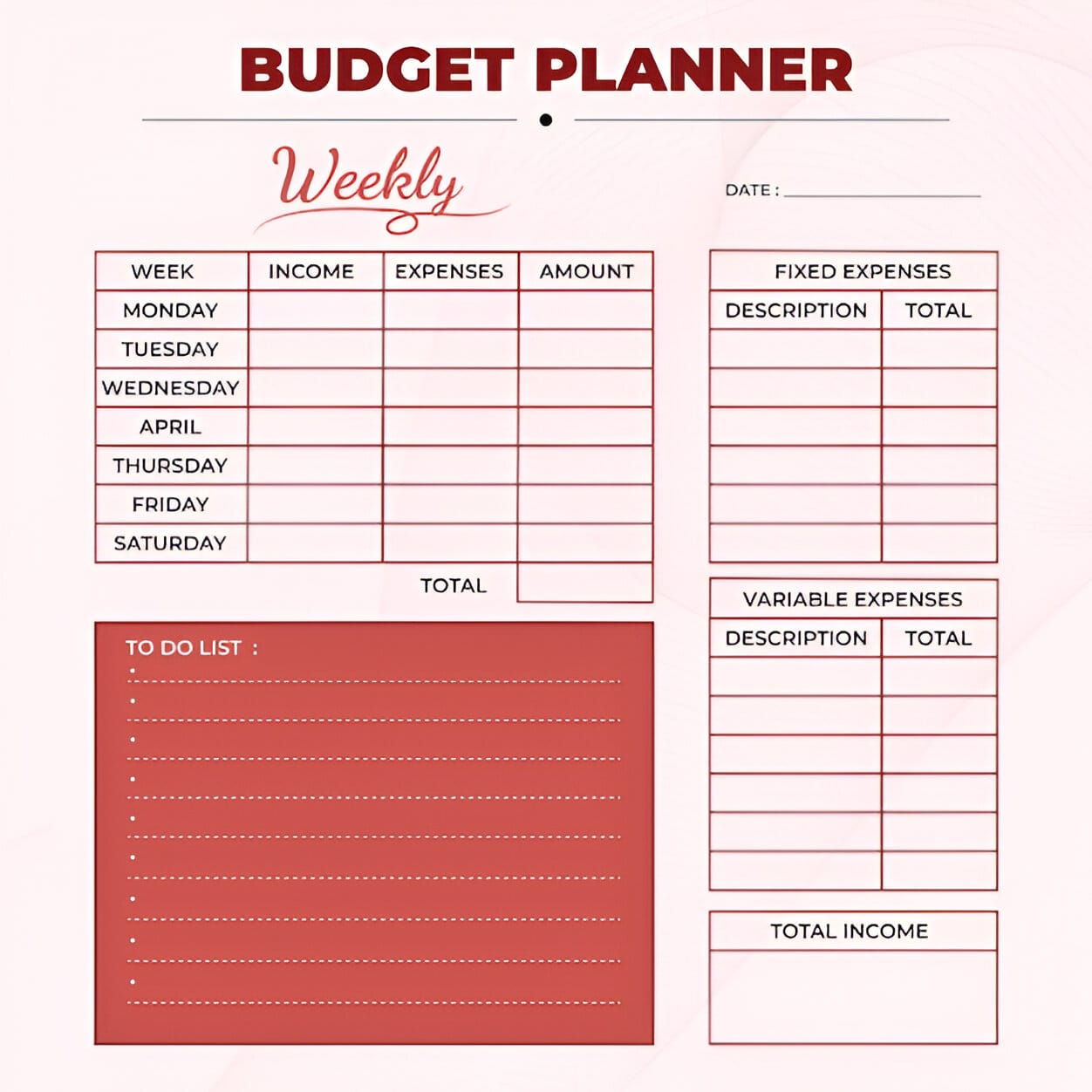
Tips to Stay Motivated While Paying Loans
Paying off loans can be an overwhelming task, especially when you have multiple loans with high interest rates. It requires a lot of discipline and determination to stay on track and make timely payments.

Paying off loans can be an overwhelming task, especially when you have multiple loans with high interest rates. It requires a lot of discipline and determination to stay on track and make timely payments.

Do you want to achieve financial success and stability? If yes, then developing a growth mindset about money is essential.

Have you ever looked at your bank account and wondered how to achieve financial freedom? It may seem like an impossible goal, but the truth is that financial freedom starts with small steps.

Focusing on savings is integral to how to set financial goals on a limited income without feeling overwhelmed.

Learning how to reduce expenses is about making intentional choices with your money. It’s not about deprivation...

This guide on beginner investing mistakes will break down the most common missteps and explain how you can avoid them in 2025

One of the proven daily habits to save money is meal planning. By preparing your meals in advance, you reduce impulse purchases and expensive takeout orders.

Knowing how to invest your salary wisely can help you secure your future and enjoy life without worrying about money.

To truly track your monthly expenses consistency is key. Make it a habit to record every single purchase, no matter how small.

Why It's Important to Start Saving Early 1. Financial Security 2. Long-Term Financial Goals 3. Less Stress, More Peace of Mind

How to Make a Financial Plan for Your Family 1. Set Clear Financial Goals 2. Assess Your Current Financial Situation 3. Create a Realistic Budget
Daily Expense Tracking Tips 1) Make it a Habit 2) Choose a Tracking Method That Works for You 3) Set Spending Categories

Today, I will guide you through the steps to create a weekly budget plan that will help you stay on top of your finances.

Consistency is key when you’re building an investment portfolio for beginners. A smart strategy is to create an emergency fund first, ideally three to six months’ worth of expenses.

If you’re wondering why long-term investment is better for beginners, remember these points: it lowers risk, reduces stress, can save you money on taxes, and helps you build wealth over time.

Now that you know why retirement planning is important, let’s look at some simple and effective ways to boost your retirement savings.

Implementing the best budgeting strategies for students creates habits that last a lifetime. Start with one or two techniques that appeal to you most.

Common Budgeting Mistakes to Avoid 1. Not Creating a Budget 2. Setting Unrealistic Goals 3. Not Having an Emergency Fund 4. Ignoring Small Expenses

Building and maintaining an emergency fund can be challenging, especially for those living on a tight budget. That's why today I will discuss a step-by-step guide on how to build an emergency fund.

When learning how to create a budget plan for an event, it's just as important to know what not to do. When learning how to create a budget plan for an event, it's just as important to know what not to do. Here are some mistakes many organizers make, and how you can avoid them:

Beginner Investment Tips for Students 1. Set a Budget First 2. Start Small 3. Understand Risk Tolerance 4. Educate Yourself...

I'll share some budgeting tips for new parents to help you navigate this new stage of your life with confidence and peace of mind.

Are you planning a family vacation and worried about the expenses? Budgeting for family vacations can seem like a daunting task, but with proper planning and tips, you can make it a stress-free experience.